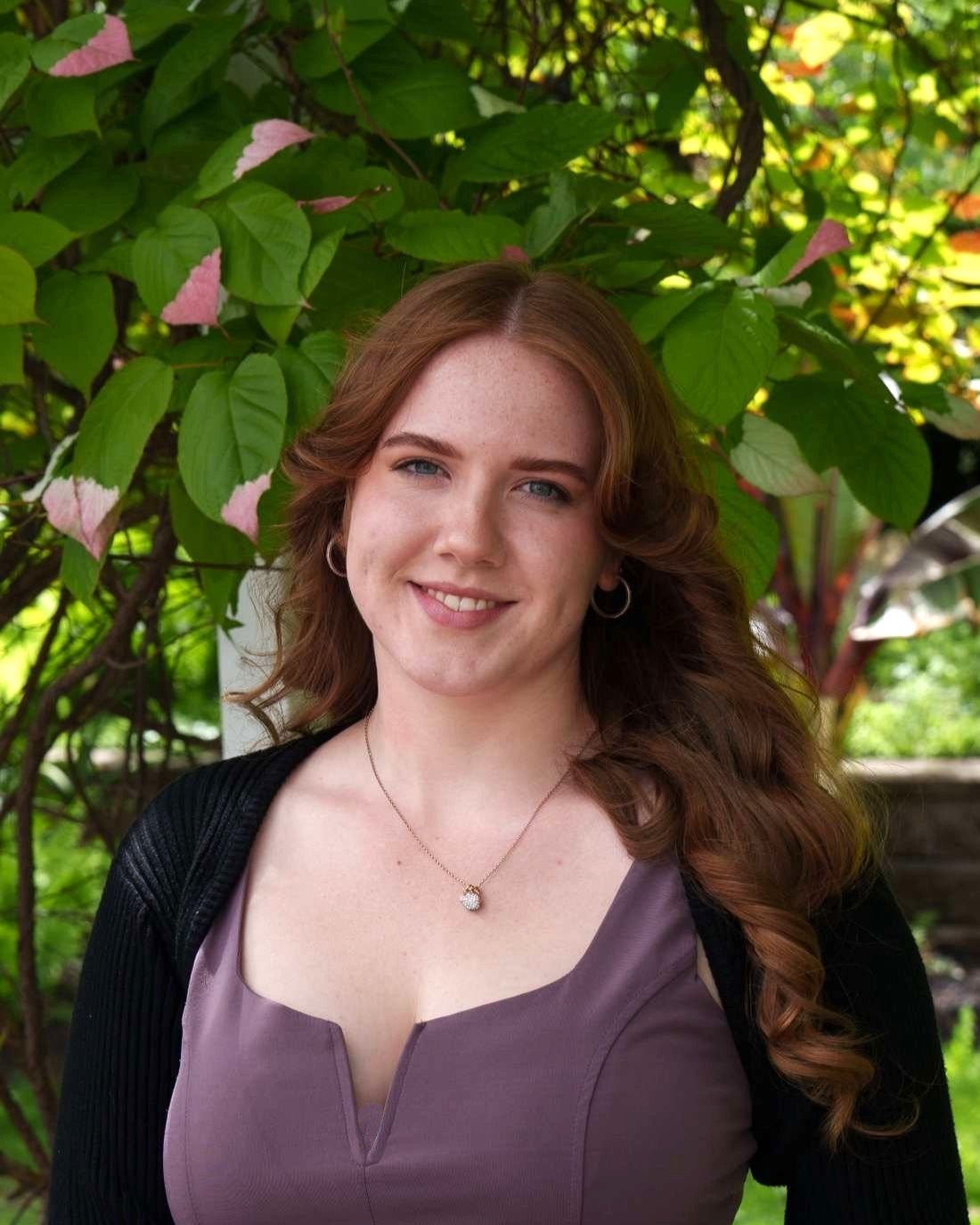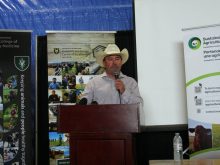Imaging technology in Saskatchewan captures why and how potash clumps, which can be a problem for Prairie farmers
Glacier FarmMedia – Potash clumping is a problem for farmers, but few producers or researchers know why it happens on the molecular level.
Lifeng Zhang, professor of chemical and biological engineering at the University of Saskatchewan, has been studying particle bridges within potash that lead to clumping or caking. The hope is that insight from his research may help in the search for solutions to the problem.
“The liquid bridge, basically that’s when the particles are wet. They stick together; they form a bridge in between (the particles),” he said. “When the moisture is removed, they become a solid bridge. That’s actually referred to the caking or clumping phenomenon in the powder products.”
Read Also

Huge Black Sea flax crop to provide stiff competition
Russia and Kazakhstan harvested huge flax crops and will be providing stiff competition in China and the EU.
That bridging process occurs at 30 to 40 microns, about the thickness of two hair strands, Zhang said, but that tiny structure punches above its weight in terms of strength.
The project, which taps the university’s Canadian Light Source (CLS) synchrotron facility, is sponsored by industry.
Zhang began working with the potash industry in 2020. His first area of interest was potash’s drying process, which eventually expanded into a parallel project: potash clumping.
At the time, he was using X-ray imaging as part of two projects, including the study into potash drying. From there, he was inspired to explore advanced imaging to similarly capture the bridging process.
His clumping research launched in 2022. Zhang turned to the medical section of CLS. A micro-CT technique, done through the biomedical beam line of CLS’s Biomedical Imaging and Therapy Facility, allowed him to watch and record in detail as bridges formed.
That capacity was essential to success of the project, he noted. Bridges form quickly, solidifying within a minute.
“(The synchrotron) allows us to see things very small and which happened quickly. No other tools can do so,” he said, adding that “we can claim that we’re the first group to look into this phenomenon using actual imaging techniques.”
More moisture results in more bridges, but maintaining low enough environmental moisture to prevent potash clumping is not always feasible for farmers or shippers.
Zhang’s next step is to start testing anti-caking agents. He wants to explore biomass materials such as starch and cellulose nanocrystals, which would be more eco-friendly than what’s already on the market. Current products are usually petrochemical based, which Zhang says come with sustainability problems and may not be totally effective.
“We identified a powerful tool which will help us to understand how this happens; how quickly that happens, in what conditions,” he said.
“And then with this tool moving forward, we’re going to work with the industry and we’ll continue to work with the industry to find a solution for them.”


















